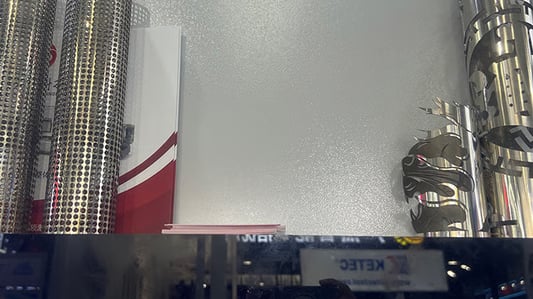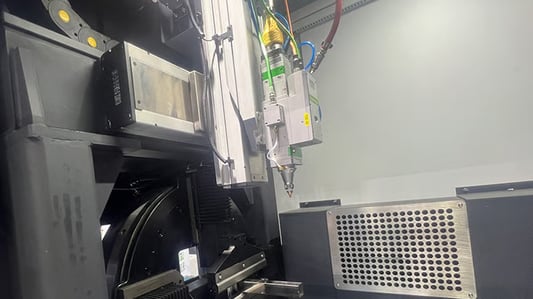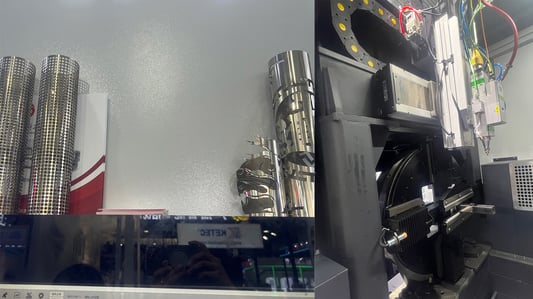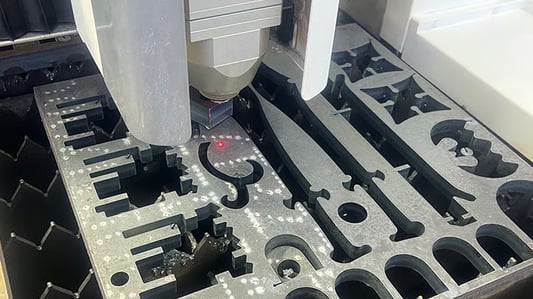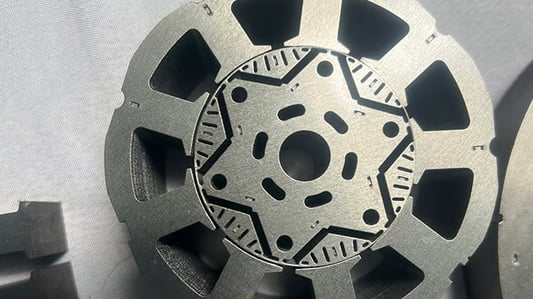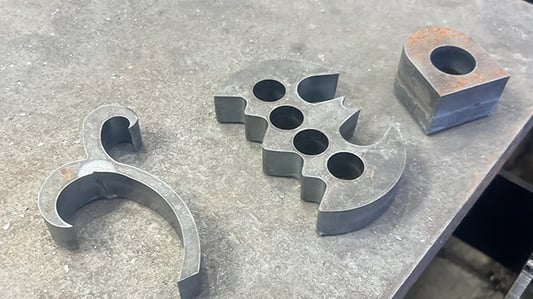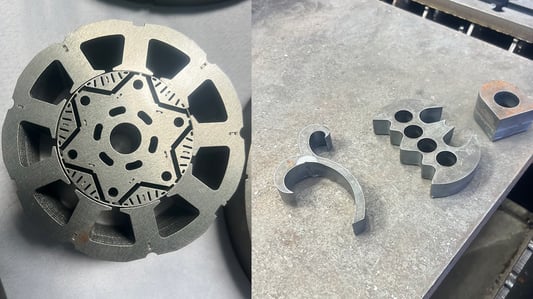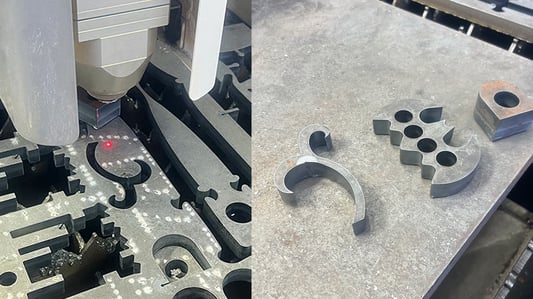What is a laser cutting machine?A laser cutting machine is a powerful tool that uses a laser beam to cut through various materials with high precision. It is widely used in industries such as manufacturing, automotive, aerospace, and more. Laser cutting machines come in different sizes and types to cater to different needs and applications.How Does a Laser Cutting Machine Work?Laser cutting machines work by directing a high-powered laser beam onto the surface of the material to be cut. The laser beam melts, burns, or vaporizes the material, leaving a high-quality finish. The process is computer-controlled, ensuring accuracy and consistency in the cutting process.Types of Laser Cutting MachinesThere are three main types of laser cutting machines: CO2 laser cutting machines, fiber laser cutting machines, and neodymium (Nd) laser cutting machines. Each type has its strengths and limitations, making them suitable for different materials and applications.Benefits of Using a Laser Cutting MachineOne of the key benefits of using a laser cutting machine is its high precision and accuracy. It can cut intricate shapes and designs with ease, making it ideal for creating prototypes and intricate parts. Additionally, laser cutting machines are fast, efficient, and cost-effective compared to traditional cutting methods.Applications of Laser Cutting MachinesLaser cutting machines are used in a wide range of industries for various applications. They are used in metal fabrication, automotive manufacturing, aerospace, electronics, and more. Laser cutting machines can cut materials such as metal, plastic, wood, fabric, and even paper with high precision.Factors to Consider When Choosing a Laser Cutting MachineWhen choosing a laser cutting machine, there are several factors to consider, including the type of materials you will be cutting, the thickness of the materials, the desired cutting speed, and your budget. It is important to choose a machine that meets your specific requirements and provides the desired results.Maintenance and Care for Laser Cutting MachinesProper maintenance and care are essential to ensure the longevity and performance of a laser cutting machine. Regular cleaning, lubrication, and calibration are necessary to keep the machine running smoothly. It is also important to follow manufacturer guidelines and recommendations for maintenance.Future Trends in Laser Cutting TechnologyWith advancements in technology, laser cutting machines are becoming more advanced and efficient. Future trends in laser cutting technology include the use of artificial intelligence and automation to optimize the cutting process further. Industry experts predict that laser cutting machines will continue to evolve to meet the growing demands of various industries.Choosing the Right Laser Cutting Machine for Your BusinessChoosing the right laser cutting machine for your business can have a significant impact on your operations and bottom line. It is essential to assess your needs, research different options, and consult with experts to select a machine that best fits your requirements. Investing in a high-quality laser cutting machine can help improve productivity, quality, and overall efficiency.ConclusionIn conclusion, laser cutting machines are versatile and powerful tools that offer numerous benefits for various industries. By understanding how laser cutting machines work, their applications, and factors to consider when choosing one, you can make an informed decision for your business. Stay updated on the latest trends and technologies in laser cutting to harness the full potential of this cutting-edge technology.Quote Inquirycontact us


